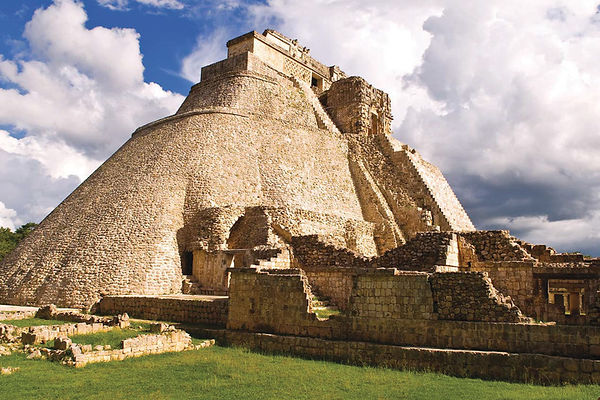About Mérida
The City of Mérida is one of the most beautiful and safest cities in Mexico with a rich Mayan and colonial heritage, and where Ricardo’s maternal family, the Casares, are from.
Modern day Mérida is known for its architectural history and charm, hosting grand monuments and historic buildings, colourful streets, distinct cafes, and of course the Casares family. Walking through its streets you can feel its romantic provincial atmosphere, testimony to a past rich in history and legends. Despite having modern touches, Mérida has been able to preserve its colonial flavour, full of light and life in each of its corners.




Mérida is the capital of the state of Yucatán in Mexico and also considered the Cultural Capital of the Yucatán Peninsula. It was once one of the wealthiest cities in the world, a global trade hub, thanks to the henequen plantations that populated the area, where the owners built their Spanish colonial mansions in town. For more information on henequen read more about Hacienda Xtepén where the wedding ceremony will take place.
Apart from its beauty, due to its proximity to the most famous archaeological sites of the Mayan culture, Mérida is visited by thousands of tourists a year. Among the most outstanding tourist attractions outside of Mérida, are the UNESCO sites of the Mayan pyramids Chichén Itzá, Dzibilchaltún and Uxmal (see more details on “Beyond Mérida, exploring the Yucatán”).


The central point of the city is the Plaza de la Independencia, which is flanked by the fortress-like Mérida Cathedral, the oldest one in Latin America, and the white limestone Iglesia de la Tercera Orden. Both colonial-era churches were built with antiques from ancient Mayan temples. The Casa de Montejo, a 16th-century mansion, is an iconic site of colonial Plateresque architecture.


Mérida was built from a quarry from the site of the Mayan city of T’ho. On the remains of said Mayan settlement, the city was founded on January 6, 1542 by Don Francisco de Montejo "El Mozo", who named it Mérida because the old pre-Hispanic buildings reminded him of the Roman ruins that are preserved in the homonymous city from Extremadura, Spain.
A walk along the famous Paseo Montejo is unmissable, either on foot or in a carriage, and you will be able to observe the architecture of the mansions and palaces that adorn the entire boulevard.

Beyond Mérida, exploring Yucatán
In the south of Yucatán, the archaeological zone of Uxmal, declared a World Heritage Site by UNESCO, emerges spectacularly. It is one of the archaeological zones of the Mayan culture whose architecture is one of the most majestic in Yucatán. Its beauty is characterized by having low and horizontal palaces, placed around patios or quadrangles, which are rich in decorations of highly detailed sculptures made with thousands of small stones perfectly polished and adjusted, forming geometric mosaics of unparalleled perfection in the entire Mayan area.

